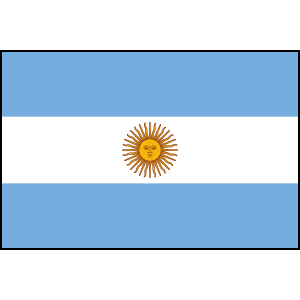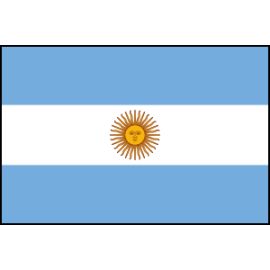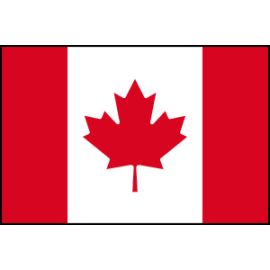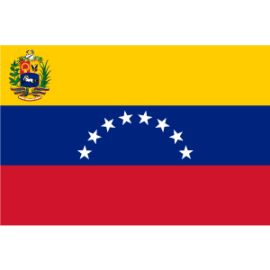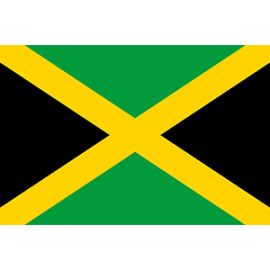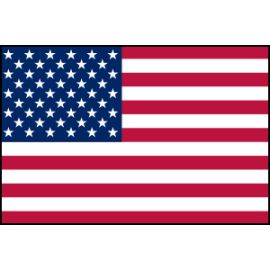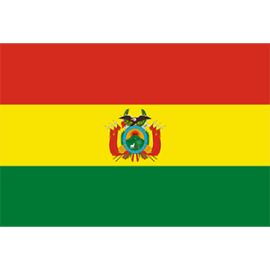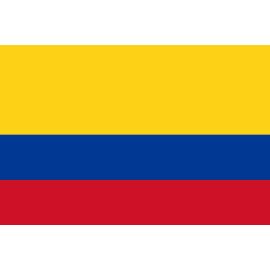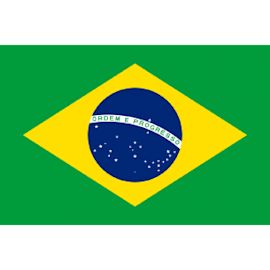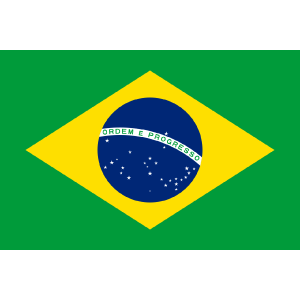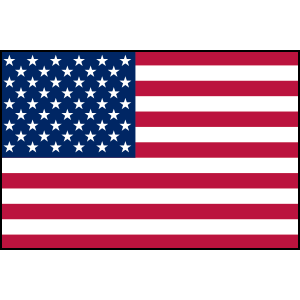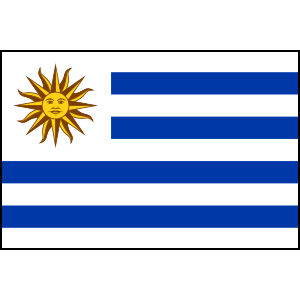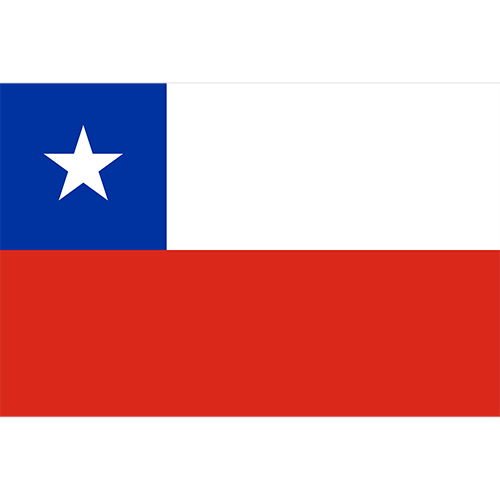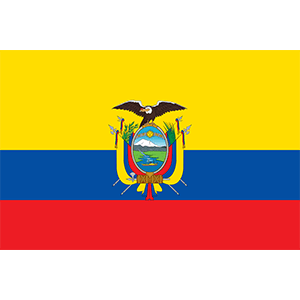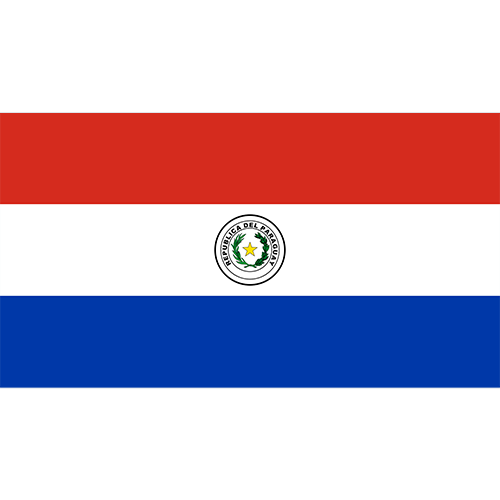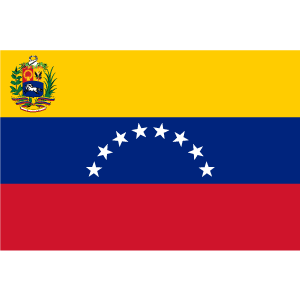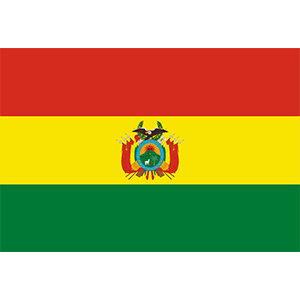Search results
Other games
Argentina is a federal state subdivided into twenty-three provinces, and one autonomous city, which is the federal capital and largest city of the nation, Buenos Aires. The provinces and the capital have their own constitutions, but exist under a federal system.
- History of Argentina
The history of Argentina can be divided into four main...
- Armed Forces of The Argentine Republic
The Armed Forces of the Argentine Republic (Spanish: Fuerzas...
- Indigenous Peoples in Argentina
Argentina has 35 indigenous people groups (often referred to...
- Flag of Argentina
Colors scheme Sky blue Yellow Brown RGB Hexadecimal: 116,...
- Demographics of Argentina
Argentina's population growth rate in 2020 was estimated to...
- Argentina (Disambiguation)
Places. Argentina, Santiago del Estero, Argentina, a...
- Culture of Argentina
The culture of Argentina is as varied as the country...
- Sport in Argentina
Argentina and Uruguay national teams, playing in 1925....
- Immigration to Argentina
Massive European and Levantine immigration to Argentina,...
- Islam in Argentina
Notable Muslims from Argentina. Carlos Menem - Former...
- History of Argentina
Argentina, oficialmente República Argentina, [i] es un país soberano de América del Sur, ubicado en el extremo sur y sudeste de dicho subcontinente. Adopta la forma de gobierno republicana, democrática, representativa y federal.
- Pre-Columbian Era
- Spanish Colonial Era
- War of Independence
- Historical Map
- Argentine Civil Wars
- Liberal Governments
- Conservative Republic
- Radical Governments
- Infamous Decade
- Revolution of '43
The area now known as Argentina was relatively sparsely populated until the period of European colonization. The earliest traces of human life are dated from the Paleolithic period, and there are further signs in the Mesolithic and Neolithic.However, large areas of the interior and Piedmont were apparently depopulated during an extensive dry period...
Europeans first arrived in the region with the 1502 Portuguese voyage of Gonçalo Coelho and Amerigo Vespucci. Around 1512, João de Lisboa and Estevão de Fróis discovered the Rio de La Plata in present-day Argentina, exploring its estuary, contacting the Charrúa people, and bringing the first news of the "people of the mountains", the Inca empire, o...
The May Revolution ousted the viceroy. Other forms of government, such as a constitutional monarchy or a Regency were briefly considered. The viceroyalty was also renamed, and it nominally became the United Provinces of the Río de la Plata. However, the status of the different territories that had belonged to the viceroyalty changed many times duri...
The map below is based on a wide range of antique maps for the periods shown and is intended to give a broad idea of the changes in the State of Argentina in the nineteenth century. The periods are broad and plus or minus about a decade around each date. The hatched areas are disputed or subject to change during the period, the text in this article...
The defeat of the Spanish was followed by a long civil war between unitarians and federalists, about the organization of the country and the role of Buenos Aires in it. Unitarians thought that Buenos Aires should lead the less-developed provinces, as the head of a strong centralized government. Federalists thought instead that the country should be...
The presidency of Bartolomé Mitre saw an economic improvement in Argentina, with agricultural modernization, foreign investment, new railroads and ports and a wave of immigration from Europe. Mitre also stabilized the political system by commanding federal interventions that defeated the personal armies of caudillos Chacho Peñaloza and Juan Sáa. Ar...
After his surge in popularity due to his successful desert campaign, Julio Roca was elected president in 1880 as the candidate for the National Autonomist Party (Partido Autonomista Nacional – PAN), a party that would remain in power until 1916. During his presidency, Roca created a net of political alliances and installed several measures that hel...
Conservative forces dominated Argentine politics until 1916, when the Radicals, led by Hipólito Yrigoyen, won control of the government through the first national elections under universal male suffrage. 745,000 citizens were allowed to vote, of a total population of 7.5 million (immigrants, who represented much of the population, were not allowed ...
In 1929, Argentina was wealthy by world standards, but the prosperity ended after 1929 with the worldwide Great Depression. In 1930, a military coup, supported by the Argentine Patriotic League, forced Hipólito Yrigoyen from power, and replaced him with José Félix Uriburu. Support for the coup was bolstered by the sagging Argentine economy, as well...
The civilian government appeared to be close to joining the Allies, but many officers of the Argentine armed forces (and ordinary Argentine citizens) objected due to fear of the spread of communism. There was a wide support to stay neutral in the conflict, as during World War I. The government was also questioned for domestic policy reasons, namely...
Argentina (officially the Argentine Republic) is a country in South America. Argentina is the second-largest country in South America and the eighth-largest country in the world. Spanish is the most spoken language, and the official language, but many other languages are spoken.
Argentina, officially the Argentine Republic, is a country in the southern half of South America. Argentina covers an area of 2,780,400 km2 (1,073,500 sq mi), making it the second-largest country in South America after Brazil, the fourth-largest country in the Americas, and the eighth-largest country in the world.
Argentina's population growth rate in 2020 was estimated to be 0.35% annually, with a birth rate of 11.8 per 1,000 inhabitants and a mortality rate of 8.3 per 1,000 inhabitants. The proportion of people under 15, at 22%, is somewhat below the world average (25%), and the cohort of people 65 and older is relatively high, at 12%. [5]
People also ask
What is the official name of Argentina?
What is the language spoken in Argentina?
What are the main economic activities of Argentina?
What is the population of Argentina?
3 days ago · Argentina, country of South America, covering most of the southern portion of the continent. The world’s eighth largest country, Argentina occupies an area more extensive than Mexico and the U.S. state of Texas combined.
